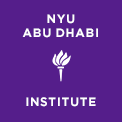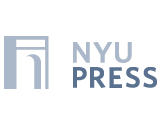 If you missed our public event in Abu Dhabi on “Sheikh Zayed bin Sultan Al Nahyan, Falcons, and Abbasid Hunting Poetry,” fear not: you can still peer—from a safe distance—into the feral world of hunting poetry in LAL Executive Editor James E. Montgomery‘s recent contribution to the Australia-based Cordite Poetry Review, wherein he translates and discusses three Arabic hunting poems, Horse, Hawk and Cheetah. As he explains:
If you missed our public event in Abu Dhabi on “Sheikh Zayed bin Sultan Al Nahyan, Falcons, and Abbasid Hunting Poetry,” fear not: you can still peer—from a safe distance—into the feral world of hunting poetry in LAL Executive Editor James E. Montgomery‘s recent contribution to the Australia-based Cordite Poetry Review, wherein he translates and discusses three Arabic hunting poems, Horse, Hawk and Cheetah. As he explains:
“These three early ninth-century Arabic poems are examples of a genre of hunting poetry popular from the eighth to the tenth centuries. Three animals are described: a horse; a tiercel gos; and a cheetah. The poet is Abū Nuwās (d. ca. 813-14), easily the greatest of all early Arabic poets. His name ‘Abū Nuwās’ means ‘Bearer of the Forelock,’ a moniker that describes an unusual hairstyle probably associated with his outrageous lifestyle. His extant corpus of poems describes all sorts of indulgences, from wine-drinking to boy-love.”
Check out the full post here to find out how Ted Hughes, demon spirits, and Qurʾanic overtones all find their way into James’ compelling translations.
Chip Rossetti
Managing Editor, Library of Arabic Literature
**************************************************

